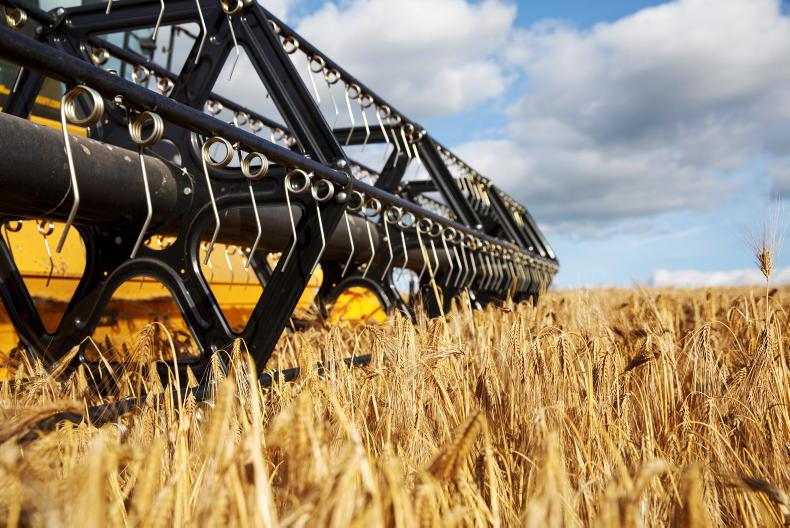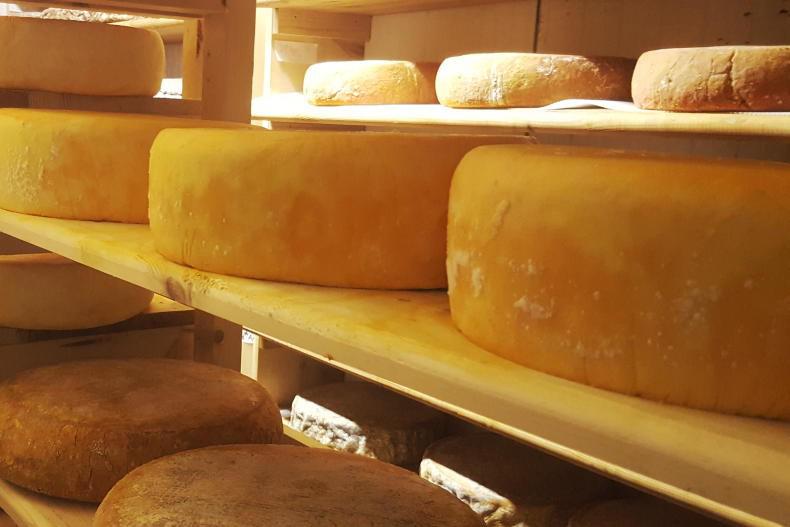Since last summer, grain markets began to rally, which continues to this day.
This rally has been largely driven by an aggressive grain import campaign from China.
China is actively rebuilding its pig herd, which was decimated by African swine fever (ASF).
The support in grain price looks set to continue, with Chinese demand for feed likely to remain into the new crop, according to the latest AHDB crop report.
However, there are a number of factors which could influence the strength of any continued price support, including South American crop development and US plantings.
China rebuilding its herd
In December 2020, China announced that its pig herd had grown faster than anticipated, reaching 90% of pre-ASF levels.
However, it is anticipated that China won’t have to fully rebuild its breeding herd.
China is now importing sows from Denmark with better genetics.
These more-prolific sows will increase the average litter size, with less sows needed to achieve the same number of offspring, according to the AHDB.
Imports
With the expansion of the pig herd, Chinese maize imports reached 11.3 million tonnes (Mt) in 2020. This is over double the 4.8Mt imported in 2019.
Wheat and meslin imports were at 8.2Mt, again more than double 2019 levels (3.2Mt).
Soya bean imports hit 100.3Mt in 2020, compared with 88.6Mt in 2019.
This strong buying by China for feed and stock building has supported global grain prices so far, especially strong since the beginning of 2021.
Will the rally continue?
With China’s overall feed demand forecast by the USDA to increase by 15.6Mt in 2020/21 compared with the previous year, there is a 23Mt maize deficit.
This will be covered by imports and Chinese maize reserves. As such, maize will likely be tight into the new marketing year.
However, we could be about to see bumper harvests in South America and the US, which means supply may cover, or even exceed, demand.
Furthermore, China is actively building its own stocks of natively-produced feed grains, which may reduce the demand for imports.
With that said, it is likely that we will see the market rally continue into the new crop season.










SHARING OPTIONS